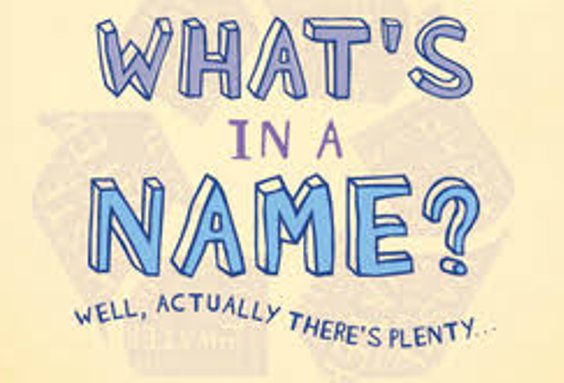By Helen Hirsh-Spence
In almost every interview since founding Top Sixty Over Sixty, I am asked about its name and its intention. Moreover, I am asked about the personal reasons for creating it. Very simply put, Top Sixty is about ageism—raising awareness about it and combating it by providing the services and resources for individuals and for organizations to overcome it. And, it’s personal. I live it and have experienced it since wrapping up one career and starting another.
That’s the simplistic response, but it requires an addendum. I wanted to draw attention to the numerous and important contributions made by an older generation. The implication of competitions such as Top Thirty Under Thirty or Top Forty Under Forty is that these “winners” are extraordinary individuals.
I want to expand the conversation to include a broader understanding of “top” and a wider audience to include those 60+. It was never meant to be a competition as much as a celebration of the participation, roles, offerings, services, gifts, and assets of older adults. Trademarking Top Sixty Over Sixty made readers automatically think about a new possibility and it garnered interest.
But, it has also been limiting. People make assumptions. They think that this is all that we do, whereas Top Sixty is really about empowering (an overused term) older generations and assisting businesses to leverage the talent of a multigenerational workplace.
Top Sixty helps to fight ageism both internally and externally. That unconscious, negative bias against ageing is deeply ingrained in the Boomer generation. None of us can fully escape the internalized dialogue that limits what it means to grow old in today’s world. Top SIxty helps everyone, regardless of age, to redefine themselves, and find new agency and confidence in order to maximize potential, joy, and satisfaction throughout their longer lives.
Top Sixty also addresses the “Diversity and Inclusion” discussion by purposefully adding the “age” dimension. Ageism is the only “ism” that intersects with every other bias whether it’s race, religion, sexual orientation, ethnicity, ability or colour and yet it is frequently not mentioned in policy or strategy for future talent management. Age diversity applies to young and old, but usually has greater negative implications for older adults.
All of this is to say that what’s in a name often goes deeper than expected. It also changes with time. That certainly applies to Top Sixty Over SIxty’s vision and mandate.
P.S. Hopefully, you have noticed that our monthly newsletter,The 360, now features guest contributors or stories about or for the Over Sixty generation.


0 Comments